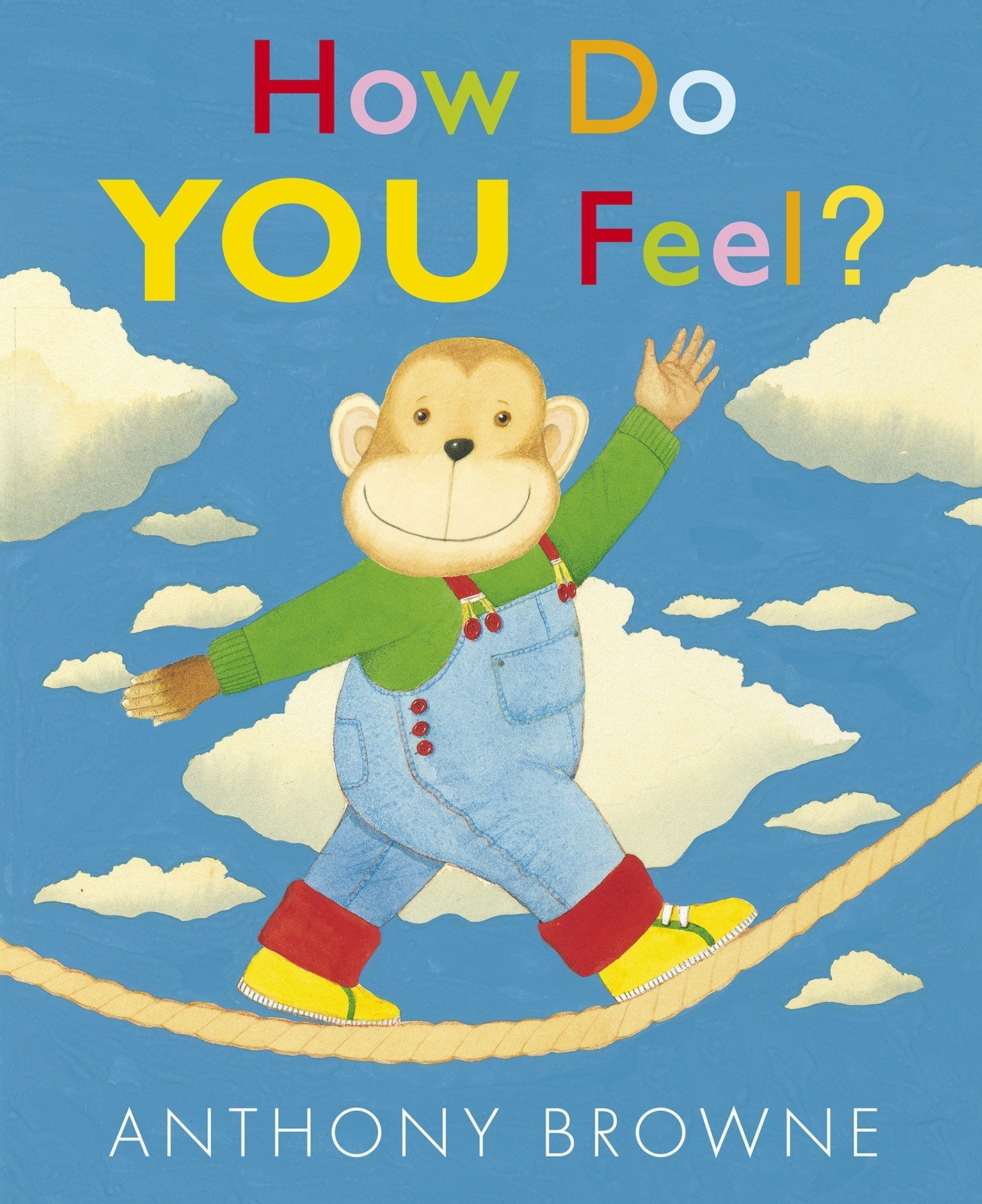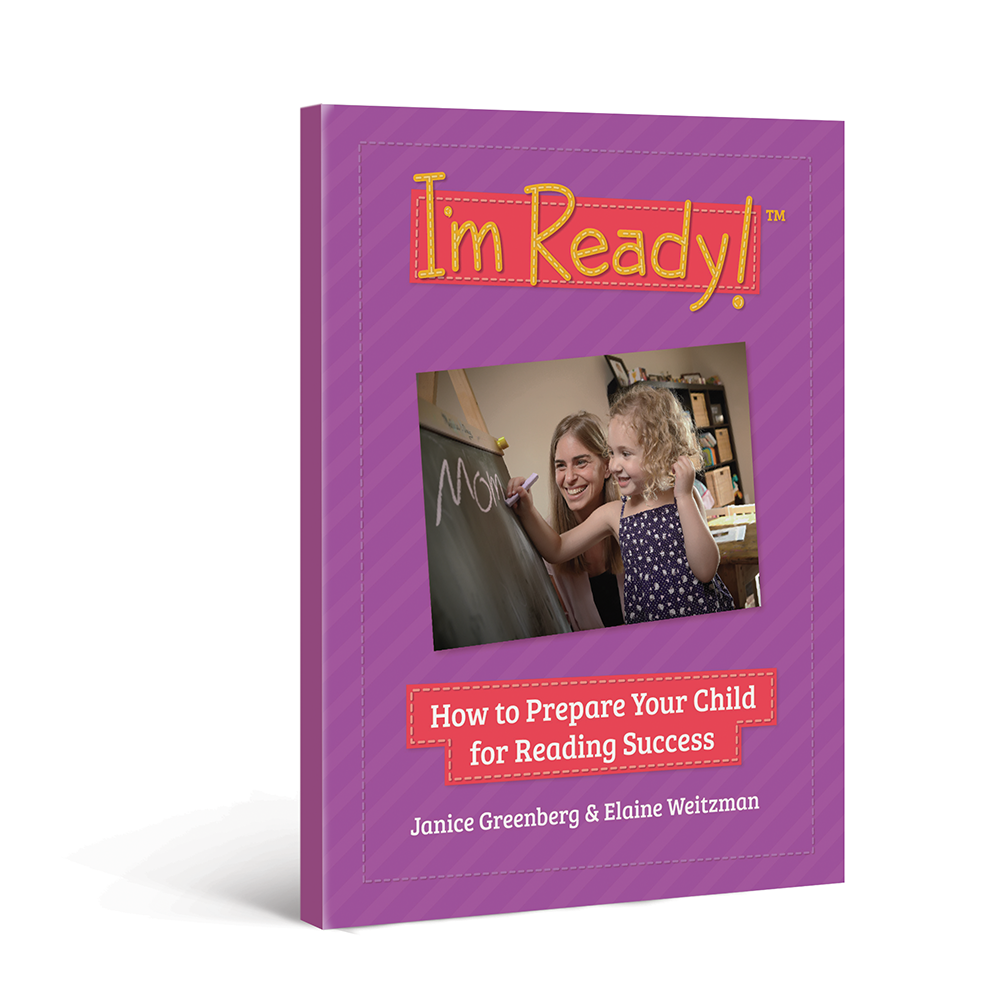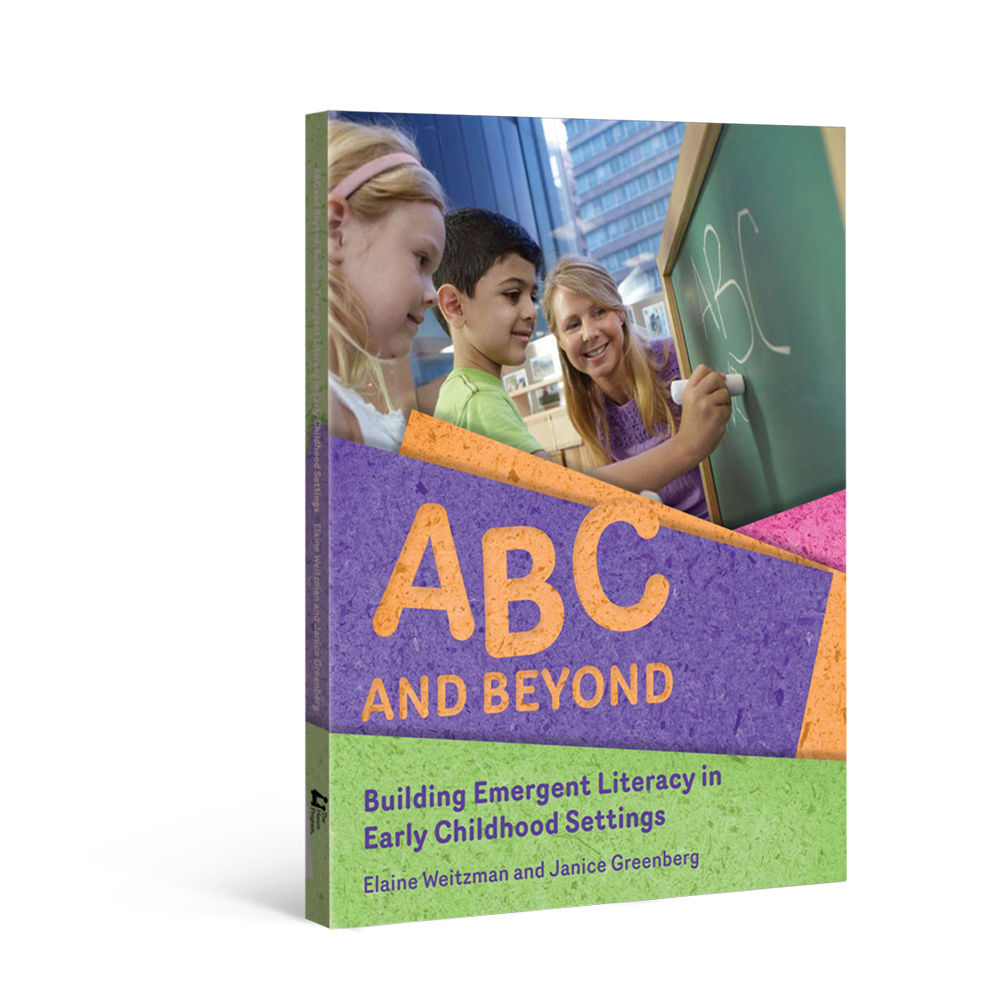This month's Book Nook topic is...
Building Abstract Vocabulary with How Do You Feel?

Children learn new words every day. How many words they learn and how well they understand and use these words will have a significant impact on the kinds of readers they eventually become. As children enter school, they will encounter more sophisticated vocabulary. In this Book Nook, I’ll share some helpful tips for how to introduce abstract vocabulary words, specifically feelings and build children’s understanding of them.
Let’s get started!
The Book:
How do you feel? by Anthony Browne
Why we chose it
Having a good understanding of the language that identifies feelings helps children better understand themselves and others while also building early literacy skills. How Do You Feel? offers simple text, with large, captivating pictures of a monkey expressing many different types of feelings across a variety of situations. The concepts and situations introduced in this book are easy to relate to your child’s everyday experiences.
Why introduce abstract vocabulary like feelings?
Having a larger vocabulary makes it easier to understand what is being read. Vocabulary is also a tool for thinking and learning about the world and is directly linked to academic achievement. Having a good understanding of the vocabulary for feelings has the additional benefit of helping children understand, express and regulate their own feelings. To deepen children’s understanding of new words, we must do more than simply expose them to vocabulary; we must take the time to explain what those words mean.
Shoot for the SSTaRS
At The Hanen Centre, we talk about making new words “sparkle”, or stand out, by using a strategy called “Shoot for the SSTaRS”. It’s an acronym that stands for: Stress, Show, Tell and Relate, and Say it again. Let’s shoot for the SSTaRS with “curious.”
Stress
Make curious stick out from the other words by saying it louder and slower than the rest of the text. You can also pause before and after saying the word.
Show
You can show what a word means in a variety of ways – the easiest of which is using the illustrations in the book. For example, you can show curious by pointing to the monkey’s facial expression. You can also model the same expression for your child paired with a sound like, “hmmm…”, and even have him try making a “curious face”.
Tell
Give the child a short definition of the word curious. You could say, “curious is a feeling we get when we are interested in something and want to know more about it.” Or, tell the child what is not curious: “If I know how the jack-in-the-box works, and I’ve seen it pop up many times, I won’t be curious about it.”
and Relate
Relating the new word to other concepts or experiences is extremely important. This will help the child associate the word with other situations and will make the word much more relevant to him. Relate this word to other experiences by saying “Remember when grandma came to our house with a present for you? You were so curious about what was inside the box.”
Say it again...!
This is another essential step to consolidate the child’s learning: repeat the word both by re-reading the book, and by saying the word again in other situations. For example, if your child smells something in the oven, you could say, “Are you feeling curious about what I’m baking?”
How Do You Feel? is a book that lends itself very well to being re-read because there are so many feelings that you can easily relate to your child’s day-to-day life and experiences. Use this to your advantage and shoot for the SSTaRS with curious and other abstract words every time you read.
The first time you read the book:
Introduce new vocabulary words by Stressing, Showing, and Telling the words. Try to keep your explanations short so that you don’t interrupt the flow of the book.
The second time you read the book:
Continue to emphasize the vocabulary that you introduced the first time you read the book, only this time, offer more explanation about the concept of curious (or another feeling of choice). You can also use the second reading to relate this word to the child’s knowledge and past experiences.
The third time you read the book:
To deepen your child’s understanding of curious you could act out a scenario (using yourselves or toys) where you pretend to be curious about something. At this point, you could also start introducing other vocabulary words related to feelings.
Try to make a point of using the new word during everyday conversations – this will help your child start to use the word himself when the opportunity presents itself. You may be surprised to hear your child use new vocabulary word on his own, when you least expect it!
Happy reading!
More Resources
The strategies in this Book Nook post are drawn from Hanen’s practical, research-based guidebooks for building emergent literacy. Explore the links below to learn more about how these guidebooks can support you.
For Parents I'm Ready! guidebook
I'm Ready! guidebook
For Educators ABC and Beyond guidebook
ABC and Beyond guidebook
